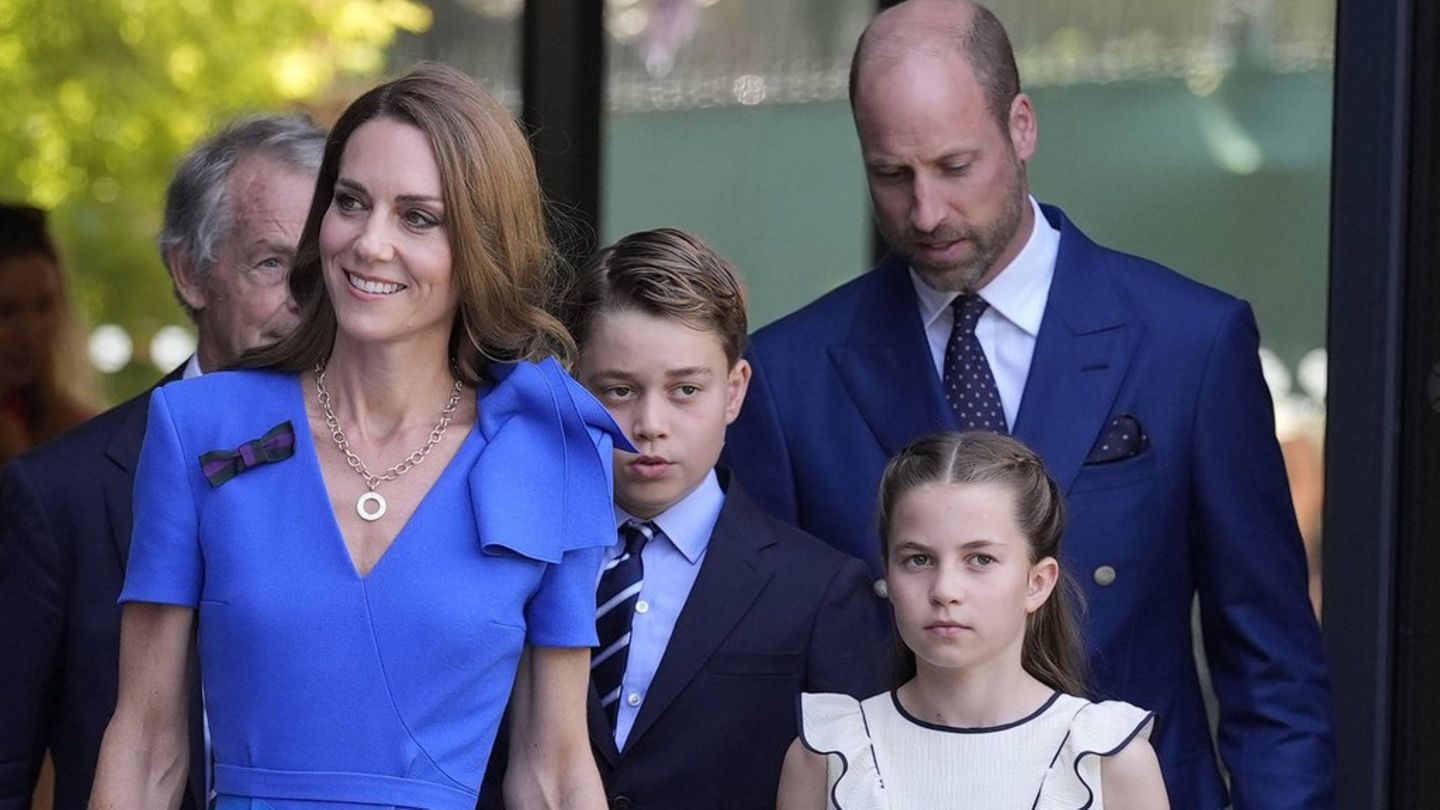Foreign direct investment (FDI) in Argentina suffered An abrupt drop of 54% in 2024. Despite the promises of the government and the expectation of motorizing economic growth by the hand of a more orderly macro, IED went from US $23,866 million in net flows in 2023 to just US $ 10,996 million in 2024according to the reports of the Central Bank of the Argentine Republic (BCRA) prepared together with INDEC.
But there is an additional detail that could greatly explain the collapse. According to BCRA data that could access scope, in the fourth quarter of 2024 (last data available), were recorded Net expenses of US $ 356 millionwhich reflects a Progressive deterioration of investing trustmarked by economic uncertainty, political instability and structural reforms that, in the opinion of the experts, failed to materialize in time to sustain the entry of capital into the country.
In 2023, Argentina had stood out as the Third IED destination in Latin Americadriven by a Exchange restriction context Severas that forced foreign companies to inject capital to sustain local operations, especially in strategic sectors such as mining, cow hydrocarbons and the manufacturing industry.
LIVING FINANCE MARKETS ACTIONS BAGS INVERSIONS DOLLAR BONOS
The investments, new focus of the government.
Depositphotos
Then, the United States (20%), Spain (15%) and the Netherlands (12%) had led an FDI stock that reached the US $144,314 million. However, the panorama of 2024 It reveals an economy that, far from capitalizing that inertia, was trapped in a cycle of divestment and a flow that, Instead of generating higher revenues due to the partial flexibility of the exchange rate, it was motorized at the capital outputwhich joined a less favorable global environment, where FDI in Latin America fell 9%, according to UNCTAD.
A progressive decline throughout 2024
The tour matters. The year 2024 began with some solidity, but IED flows fell apart quickly. In the first quarter, net income reached US $ 6,572 million, a level that still reflected the inertia of 2023, although with a 9.77% decrease compared to the previous quarter. Banks, manufacturing industry, mining and commerce captured 96% of the flows, with Brazil and Spain contributing US $ 1,441 million each, followed by the United States with US $ 1,022 million. The IED stock had grown AU $ S152,470 million, led by the United States (19%), Spain (14%) and the Netherlands (11%).
However, the second quarter marked the start of a pronounced decline, with net income of only US $ 2,385 million, 56% less than in the same period of 2023. The manufacturing industry, Banks and mining held the flowswith Brazil and China as the main origins. However, for the third quarter, the contraction was exacerbated, with net income of US $ 2,395 million, 63.7% less than the previous year. Banks, mining and manufacturing industry absorbed flows.
The fourth quarter consolidated the collapse, with a negative net balance of US $ 356 millionthe first of the year. Although the reinvestment of profits (US $ 1,158 million) and capital contributions (US $ 733 million) generated positive flows, these were exceeded by debt cancellations (US $ 1,425 million) and exits by mergers and acquisitions (US $ 822 million). Uruguay (US $ 1,384 million) and France (US $ 716 million) tried to counteract the impact, but the exits of Brazil and Switzerland tilted the balance. The sectors of mines and quarries and banks registered income, while the manufacturing industry and trade registered a flow to the external product, among other reasons, of a strong wisdom.
The flexibility of the exchange rate at the end of 2024, implemented as part of the economic reforms of the Government of Javier Milei, It allowed companies. This behavior, added to persistent inflation, a volatile exchange rate and a weakened investment confidence, marked an alarming year closure.
The paradox of the flexibility of the exchange rate for companies
The drastic reduction of FDI in 2024 responds to a framework of internal and external factors. In the domestic level, economic and political uncertainty, exacerbated by a government transition that generated expectations but not immediate results, played a central role. Inflation, although partially controlled, and the delay in unifying the exchange market kept investors in a state of caution. The flexibility of the stocks, although necessary, encouraged capital repatriation instead of new productive bets. In addition, the late regulations of the incentive regime for large investments (rigi), approved in August, limited its ability to attract flows to key sectors such as mining and energy.
At the global level, the context was no more encouraging: high interest rates and a lower demand for commodities reduced regional FDIleaving Argentina at a disadvantage against countries with greater stability. Additional data indicate that, Between December 2024 and February 2025, Non -Financial IED expenses reached US $ 1,668 milliontripling the income of all 2024, which shows a persistent distrust, aggravated by capital controls and high fiscal pressure.
Perspectives for an uncertain future
Despite the fall, the IED stock reached US $171,537 million at the end of the third quarter of 2024, driven by resilient sectors such as Vaca Muerta and Lithium. However, the absence of new projects limited the economic impact, with the flows concentrated in maintaining existing operations. According to experts, by 2025, the recovery will depend on the effective implementation of the Rigi, which has already attracted a dozen projects in mining and energy, and greater macroeconomic stability.
Source: Ambito




